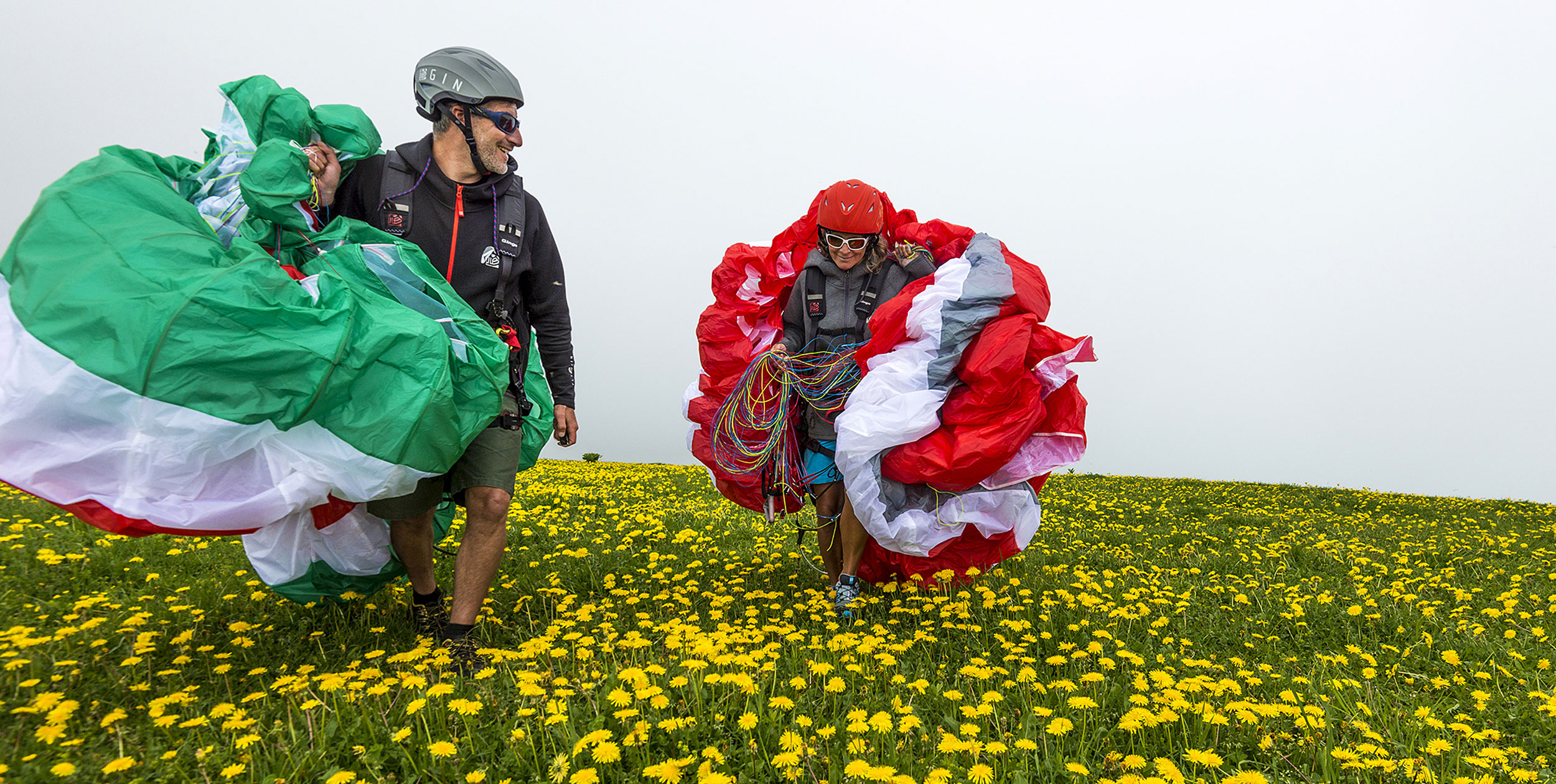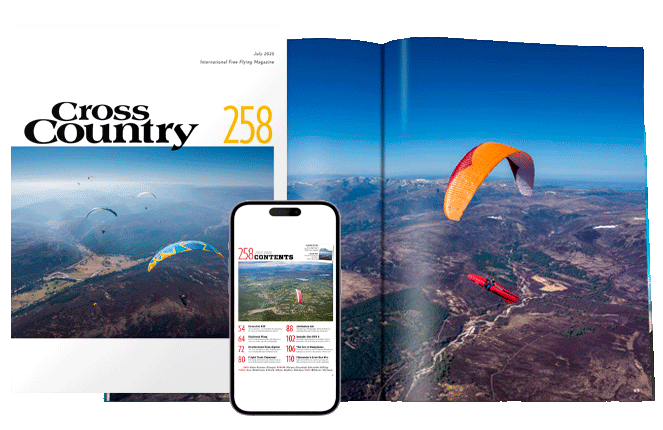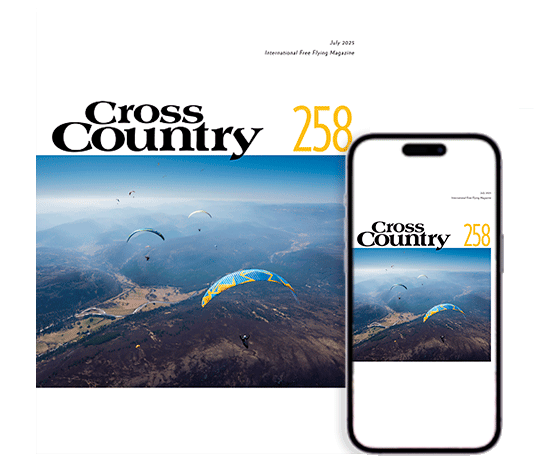How do you know when it’s the right time for you to fly a higher class of wing? Greg Hamerton from Fly With Greg offers some ideas.
Why do you want to upgrade? To get more performance! How do you upgrade? Ask yourself, are you ready to upgrade? Lead your progression with experience.
EN A and B
For pilots with 0-50 hours it’s best to focus on building skills on a high-A or low to mid-EN B. This is your progression wing, getting you up to the level of the BHPA Pilot rating or equivalent. Study your flying books, travel to different sites, get good at launching and landing in all conditions. Have fun.
After 50 hours of thermic flying (or about 100 hours of ridge soaring), think about moving to a high-B when you feel frustrated with the sluggish handling, lack of feedback and lack of speed. This probably means that XC flying is becoming your focus but you still need passive safety...


